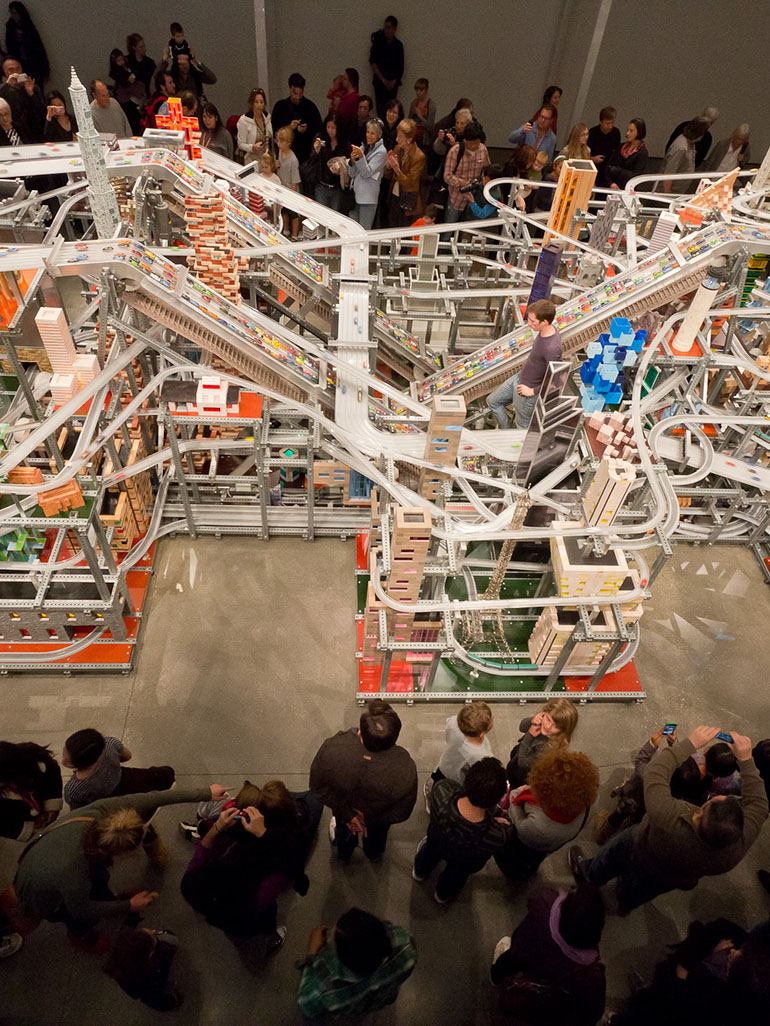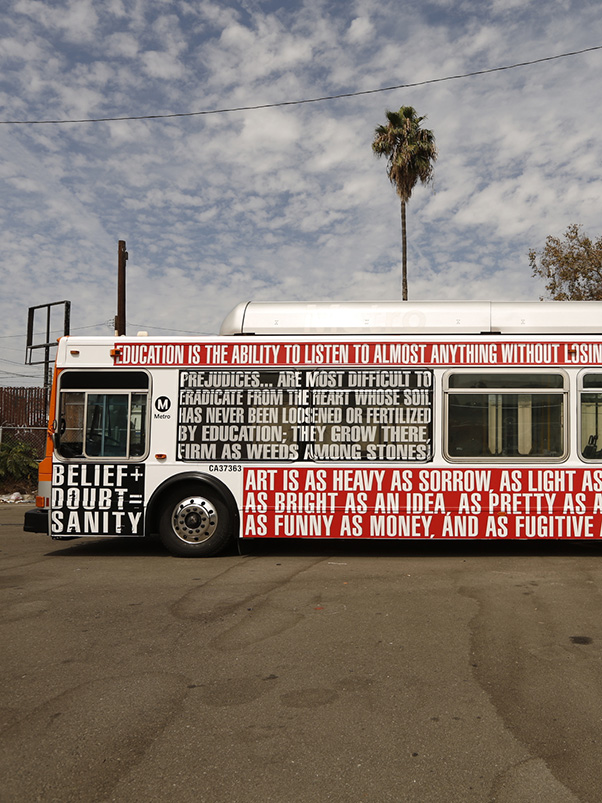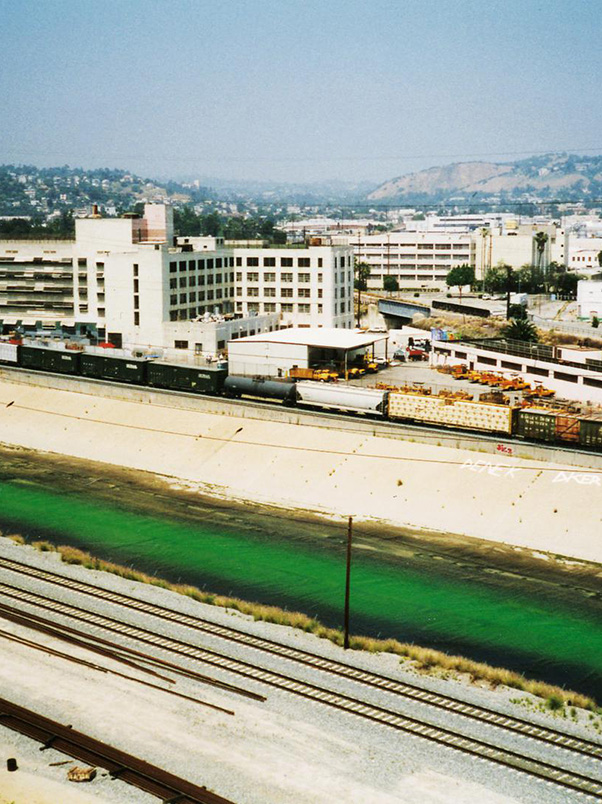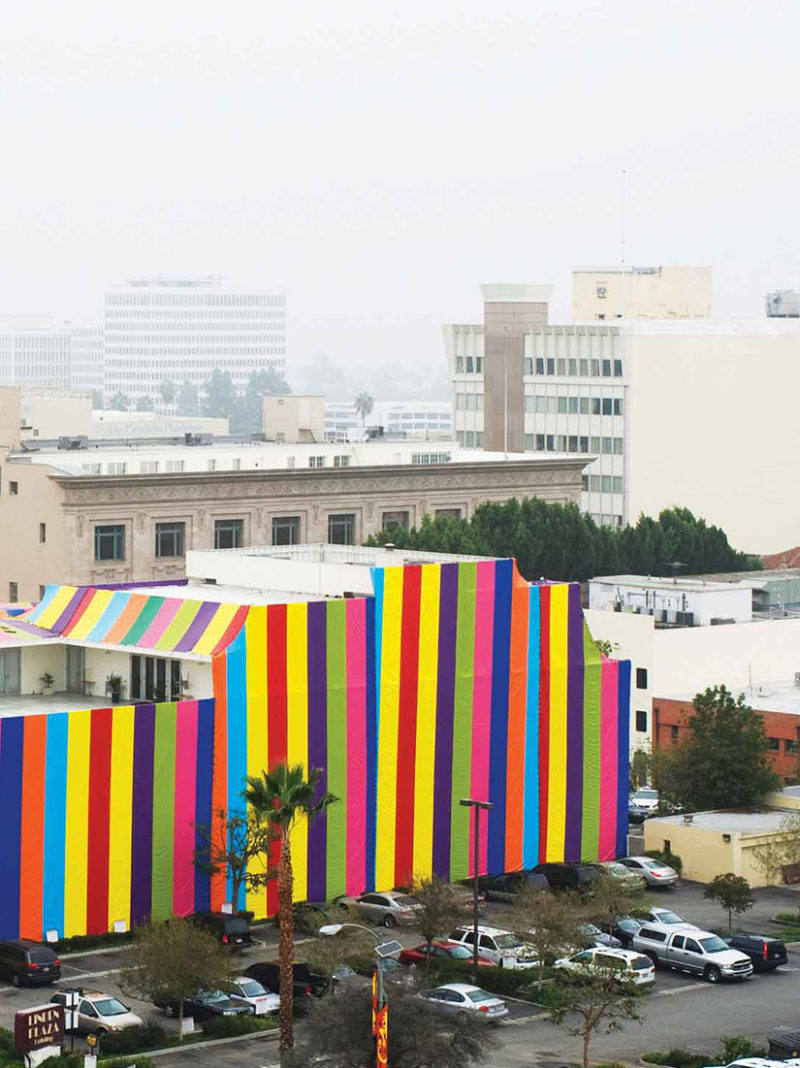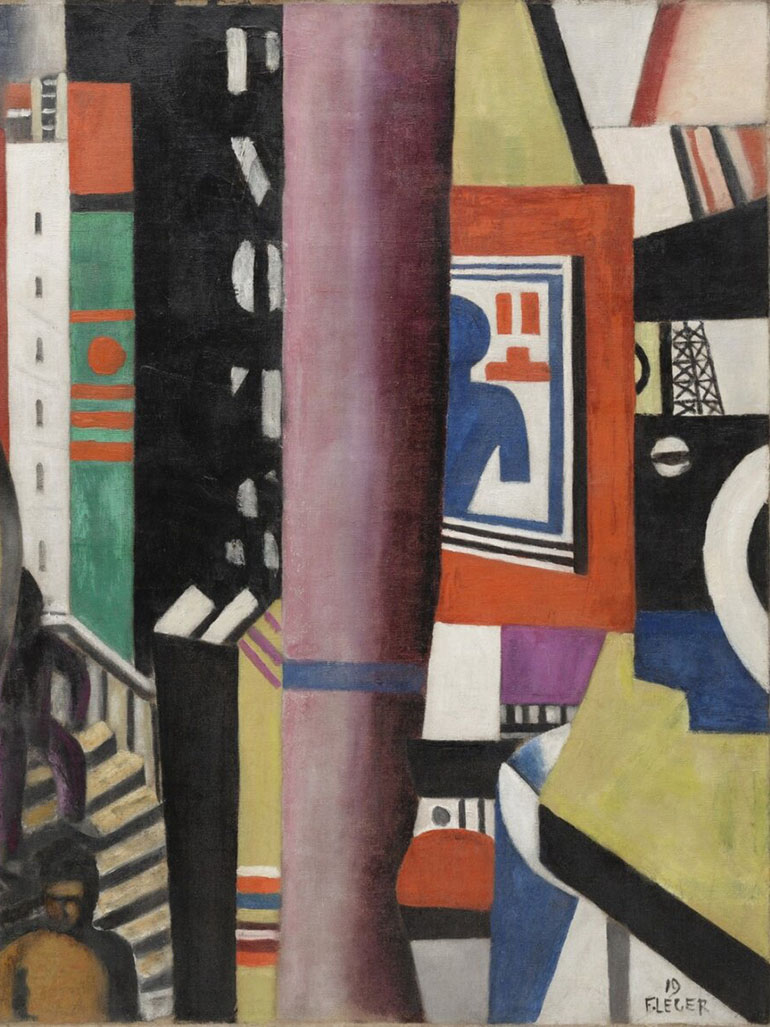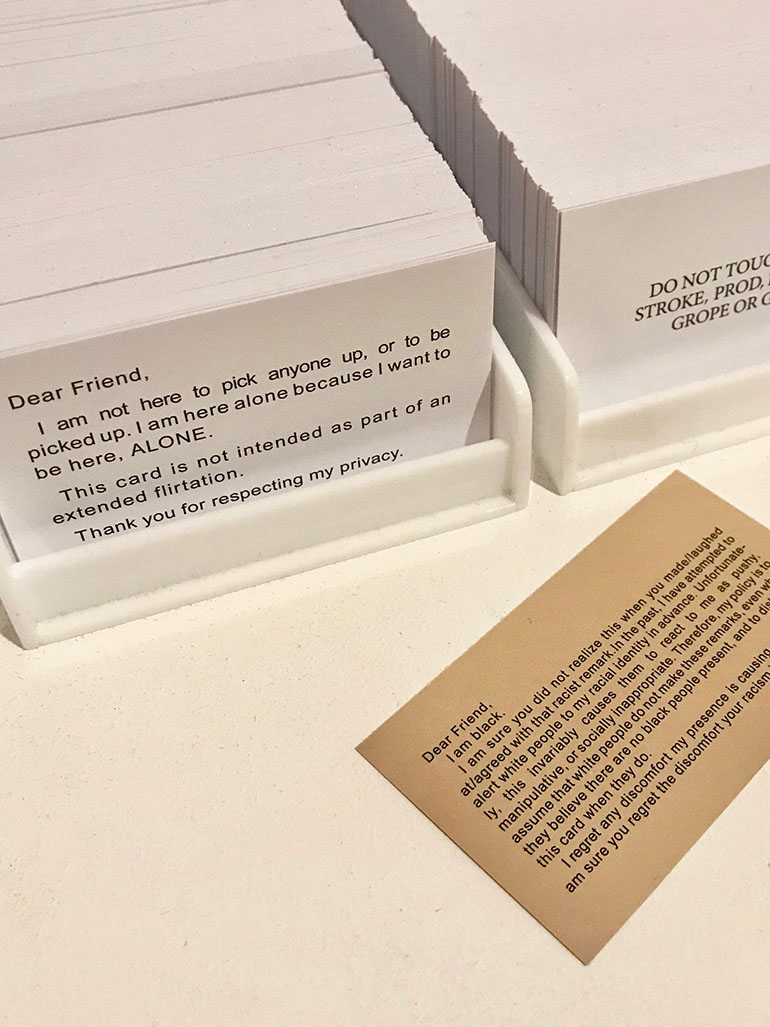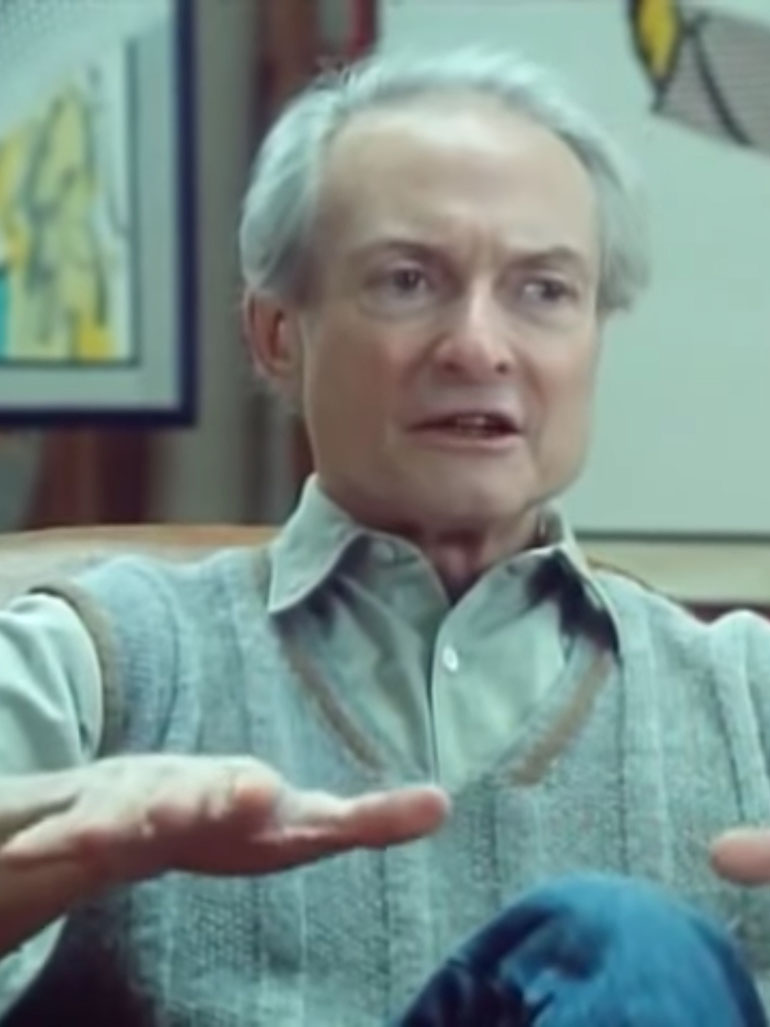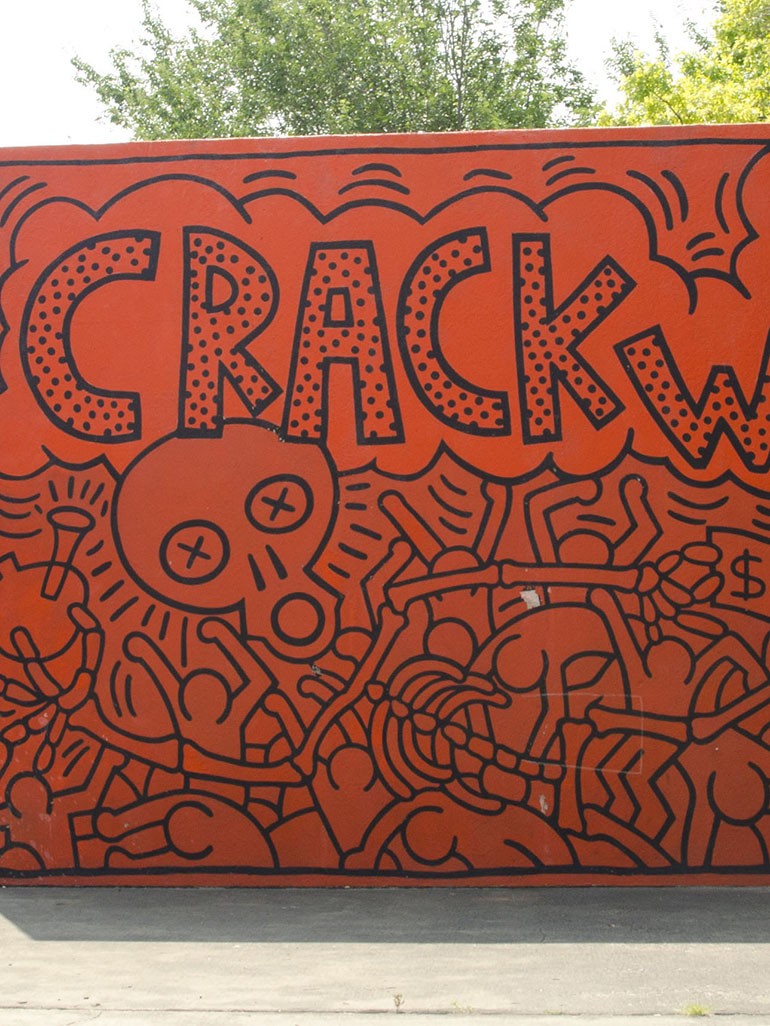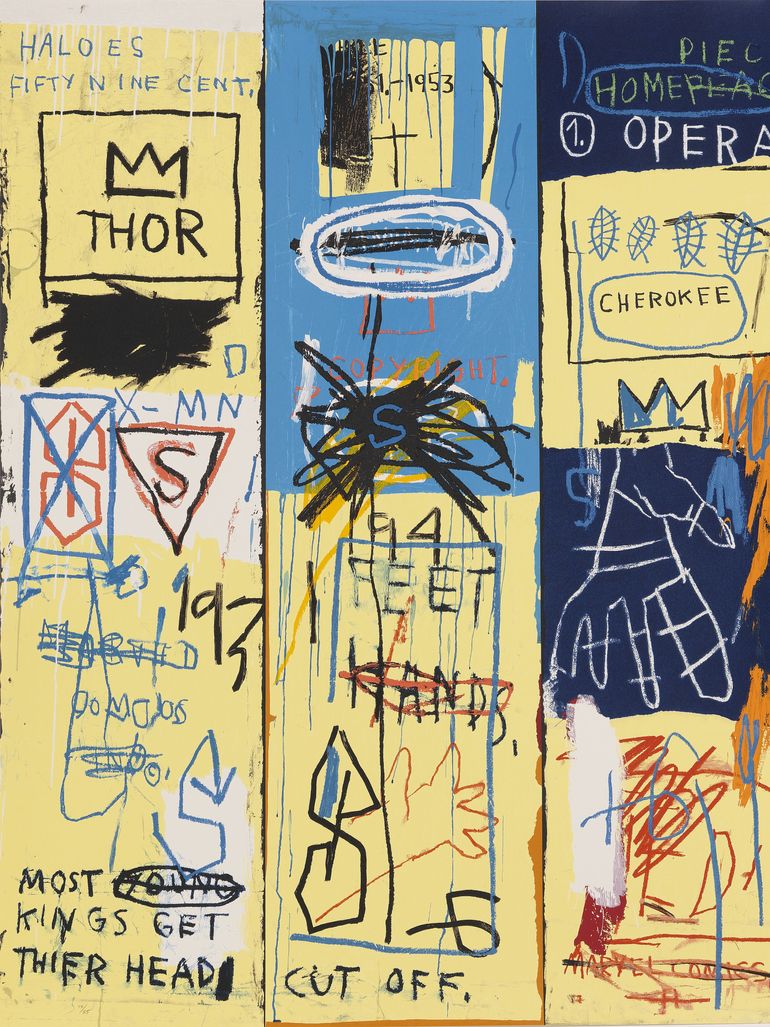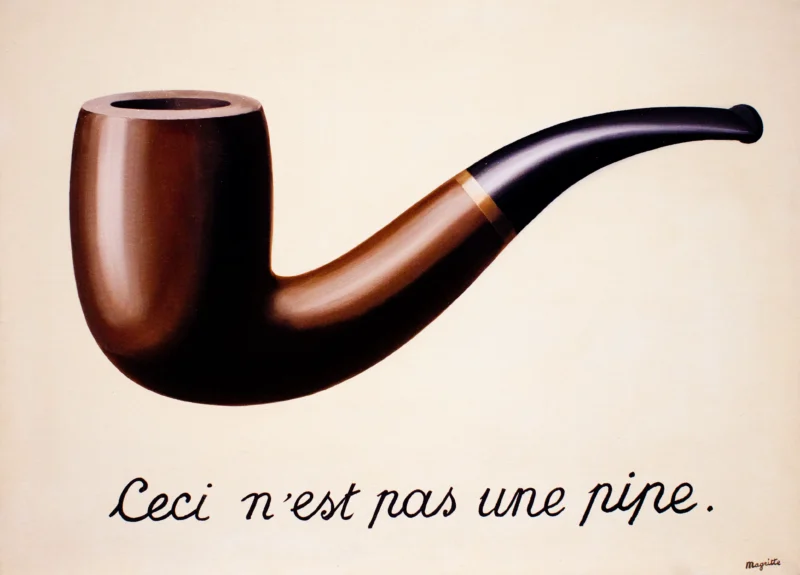
Introduction
This is Not a Pipe is a painting by famous Belgium artist René Magritte 1. The work shows a pipe, but below it, the artist there is a quote by the artist in French “Ceci n’est pas une pipe,” which when translated to English, means “This is not a pipe.” The work was created in 1929 but still puzzles many viewers to this date.
When you look at the simple painting, you will see a pipe. Even if you stared at it for hours, the image would still be of a pipe. But you may start doubting your abilities to get art when you read the words below it saying it is not a pipe. Before you go crazy trying to figure out what it is, I would like to put your mind at ease and tell you that it is, in the broadest sense, a pipe. But technically, it is not. It is a painting of a pipe.
Reception
The painting received some backlash from the audiences because it was suggesting the idea of nihilism. In one of the interviews, Rene defended himself by stating:
The famous pipe. How people reproached me for it! And yet, could you stuff my pipe? No, it’s just a representation, is it not? So if I had my picture ‘This is a pipe,’ I’d have been lying!
The French text below the pipe
The text below the painting communicates a simple concept that any viewer can grasp quickly. It is not a pipe but a drawing of a pipe. The question “If it is not a pipe, what it is?” is more profound than just a question that needs an answer. What seems to be a mere linguistic gaffe is a deliberate design in how language was constructed.
Surrealism
This is Not a Pipe is a surrealist 2 work, a type of art where artists understand emotion and ideas without being complicated by trying to link the image to what your mind already knows. Surrealism involves being honest in art. Using the concept of surrealism, Magritte used the resemblance to push directly beyond what you think you know.
Surrealism began in 1924 by Andre Breton, a French poet. It started as an experimental art concept aimed at eradicating the traditional, oppressive rationalism of the affluent society. Surrealism was intended to encourage the imagination of viewers and create perceptions without any conscious and rational control.
In the past, most surrealists experimented with new methods of expressing themselves, but Magritte maintained his straight illustrative style that he developed while working as a commercial artist. Magritte and several other surrealists aimed to shake up how society used to see, think, and experience things. Magritte thought of himself as “a thinking person who paints.”
Analysis & Meaning
This is Not a Pipe can be interpreted in many ways according to what the viewer perceives. For example, it is not a pipe but oil paint on canvas, which can be filled with tobacco and smoked. The painting encourages the viewer to use his/her free mind to explore the logical shortcuts that human takes in an already put up and well-accepted chain of thoughts and encourage alternative thinking.
This is Not a Pipe is supposed to encourage society to take things literally. In his work, Magritte undermines society’s philosophical assumptions about the nature of reality in a witty manner compared to contemporary conceptual artists.
Just like many other works by the artist, This is Not a Pipe does not beg viewers to ask the question “What is it?” but rather, they find themselves asking. The representation of this painting shows Magritte’s fascination with intermingling images and words, which may be attributed to the fact that he once worked as a commercial artist.
What makes Magritte’s drawing so offputtingly and troubling to many viewers is the fact that human beings don’t really “know” things but only access their images via language. We believe that there is a correspondence between what we see and what we say, which in realism is not valid.
This is Not a Pipe is intended to make the viewers question their reality. It evokes them to question their entire reality as well as everything they think they know. When you view this painting with an open mind, everything you thought you knew becomes an unversed stranger. You will not see things the same again.
French philosopher Michel Foucault about the work
To understand This is Not a Pipe, he/she needs to understand themselves first. They need to understand that language and reality do not share any organic relationship and that the names of objects don’t come about when you view them. This argument was supported by Michel Foucault – a French philosopher and social theorist.
Throughout his entire career, Michel Foucault explored the contemporary system of representation using art. He used This is Not a Pipe by Rene Magritte as he was his corresponded. Foucault agreed with the views of Magritte that signs are arbitrary, circumstantial, and conventional.
According to Foucault, This is Not a Pipe is not “strange” because of the contradiction between the image on the painting (the pipe) and the text the disproves the image (This is Not a Pipe). He asserts that contradiction can only exist between two texts or statements, whereas in This is Not a Pipe, there are only one text and an image.
About the artist
Rene Magritte is known for creating witty images that stimulated careful consideration from viewers. He often used familiar images or objects but presented them in an unusual context, thus challenging the audience’s preconditioned acuities of the reality. His take on art has influenced many people, drawing him a considerable number of followers from pop art 3, conceptual art 4, and minimalists 5. Despite dying in 1967, Rene Magritte’s paintings are still stimulating viewers to date and probably for unforeseeable futures.
Rene Magritte’s often induced viewers to question his creations, and is less provocative compared to other conceptual artists such as Yoko Ono 6, Ai Weiwei 7 or Jenny Holzer 8. Magritte utilized repetition most often than not, and to the contempt of critics, he made a point of producing several copies of his most famous work.
Magritte was not an artist
The painting perhaps depicts the personality and behaviors of Magritte. If you think about This is Not a Pipe and the fact that the painter doesn’t think of himself as an artist, you can find some correlation between This is Not a Pipe and this is not an artist.
Magritte also never thought of himself as a painter but rather a philosopher, theorist, or a thinker that utilizes everyday and regular objects to communicate his philosophical thoughts and ideas in a visual format.
Unlike other “artists,” Magritte’s main objective was to express a simple idea to society, which is easy to see throughout his other works. Magritte used his skills to encourage society using dissimilar graphics and text, repetition, misnaming images, mirroring, and partial concealment to create a mysterious illusion.
Biography
Rene Francoise Ghislain Magritte is a Belgian native born in 1898 and is credited for being one of the surreal art pioneers. He was the eldest among his three brothers, and his father a businessman. The family moved around the country frequently due to the nature of his father’s business. Magritte’s mother passed when he was still young through suicide, which affected him so much that he immersed himself in literature, and art to assuage the feelings. It was at this time that Magritte became a painting enthusiast.
He left his home in 1916 and went to the capital of Brussels, and spent some time at the Academie des Beaux-Arts. During his stay in the city, he became friends with a fellow student named Victor Servranckx, who significantly influenced Magritte with his idea of art. Magritte was also influenced by the works of Ferdinand Leger and Jean Metzinger, which introduced him to cubism.
Magritte served in military service as required by the Belgium law, and shortly after, he married his childhood friend Georgette Berger. Magritte juggled a few jobs, such as draughtsman in a wallpaper factory and freelancer poster designer. In 1926, the artist earned a short contract with Galerie le Centaure in Brussels as a fine artist. During his time at the Galerie, Magritte came across Giorgio de Chirico’s work, which made him surrealist.
Magritte moved to Paris, France, and stayed there for three years. During this time, he encountered Andre Breton’s surrealists, such as artists Salvador Dali and Max Ernst. Like his contemporaries, Magritte experimented with “dark” subjects such as hysteria and madness for a while but later shifted to using words and language in his work.
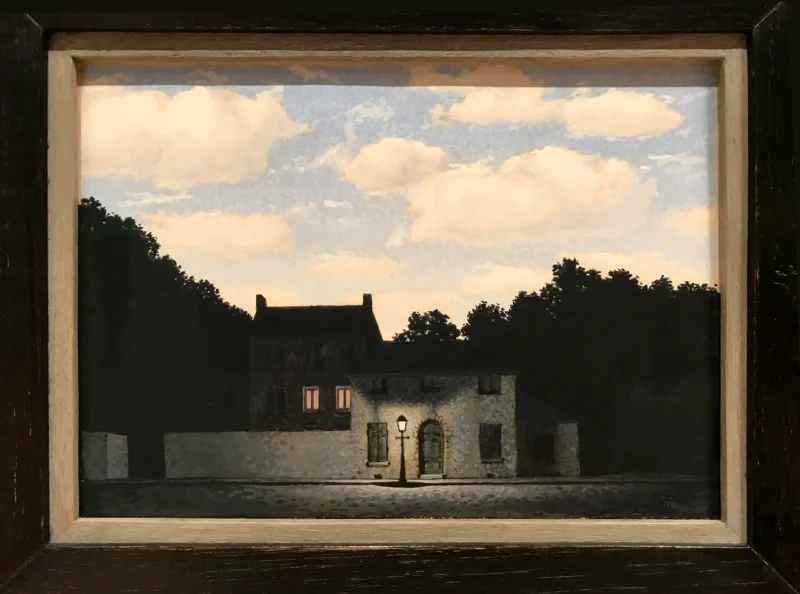
Magritte moved back to Brussels in 1930 and started a job in commercial advertising. His critics claimed that he might have used forgeries of other works to supplement his income and had inadequate time to develop his skills as an artist.
By the late 1930s, Magritte’s work begun to draw interest from international art collectors, and soon his work became worldwide known. That made him contemplate giving up his commercial work. Just as Magritte’s works were started showing signs of success, he faced another obstacle in the name of World War II. Nevertheless, he continued his analogous style of art. He also experimented with a colorful impressionistic palette in a bid to counter the drabness of war.
Magritte experimented shortly with an incongruous style he termed “Vache” or cow, which featured vulgar objects. As expected, Vache was very unpopular with critics, and so he returned to his signature style. Magritte works show how visual depends on the language. This is Not a Pipe, just as the word ‘pipe’ beneath it is likewise not a pipe. The strange thing about this painting is that there are countless amounts of translations and ideas to what the work means, and they are all out there for anyone to look at.
The artist’s visual language was most often based on extreme simplicity, making his paintings vastly memorable than those by other artists. The recognition value of Rene Magritte’s works has enabled them to become beloved elements of pop culture these days.
Conclusion
Today, Magritte’s works are in an exhibition in Paris. The show wants to explore the artist’s keen interest in philosophy and how he converted his philosophical ideas into art. In an interview with Reuters, the custodian of Center Pompidou Didier Ottinger said:
Obviously, philosophical tradition always rejected or had contempt for images because images belong to a sensual universe, and words belong to an intellectual universe. Magritte wanted to cross swords, meaning to engage in theoretical combat with the philosophers, to prove that images can express thoughts in the same way that words can.
In short, Magritte is not interested entirely in the painting that he creates but rather in how art can change our view of the world. This is Not a Pipe teaches us that the thing we want is not as unassuming as what we see, but its meaning is hidden behind what is in front of us. But it is never easy to eliminate the obstruction because our eyes have no issues with the object, but instead, it is the thoughts and language in our minds.
A mere glance at the painting can give your life a whole new perspective. This is because you shifted from trusting your own eyes. Your eyes will see the image as just an ordinary painting and become uninterested, but your mind will grasp the mysteries behind the work and the thought-provoking questions that will arise.
Banksy’s version
Banksy’s 9 painting This is Pipe (2011) parodies the iconic work of Rene Magritte The Treachery Of Images alias This Is Not A Pipe. But unlike the original work, Banksy subverts the idea using an actual physical water pipe, complete with the same cursive script used in the original work.
The artwork is a homage to Magritte and also references the work of Marcel Duchamp, who was known for subverting the art world in the early 20th century with his found object works known as ‘readymades’.
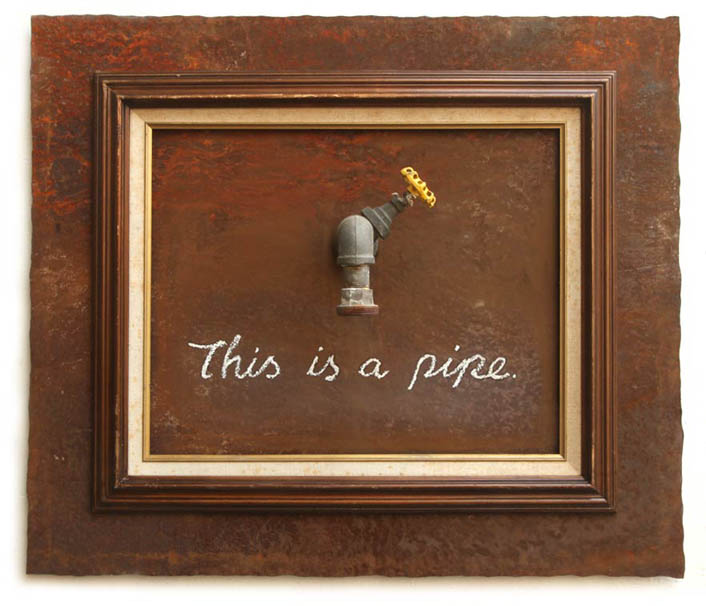
As a street artist, Banksy often uses existing surfaces to create both playful and politically charged artworks. With this piece, the artist helps draw a direct line between Surrealism, Dada and street art. By using an actual metal water pipe within a gold frame, Banksy satirizes his current prominence within the world of fine art and, at the same time, establishes his own place within a century of tradition.
In this work, the artist not only subverts one of the most famous paintings of the 20th century, but he eventually hints at the ability of art to manipulate and distort the truth, just as much as to reveal it. Banksy’s practice as a street artist resonates with Duchamp’s claim that anything can be perceived as art if presented in the proper context.
Banksy’s striking interventions into the public domain and the radical subversion of our perception of what art can be has been cemented in the seminal exhibition Art in the Streets 1011, the first major museum exhibition on the history of street art at The Museum of Contemporary Art in Los Angeles 12, where this work was prominently included.
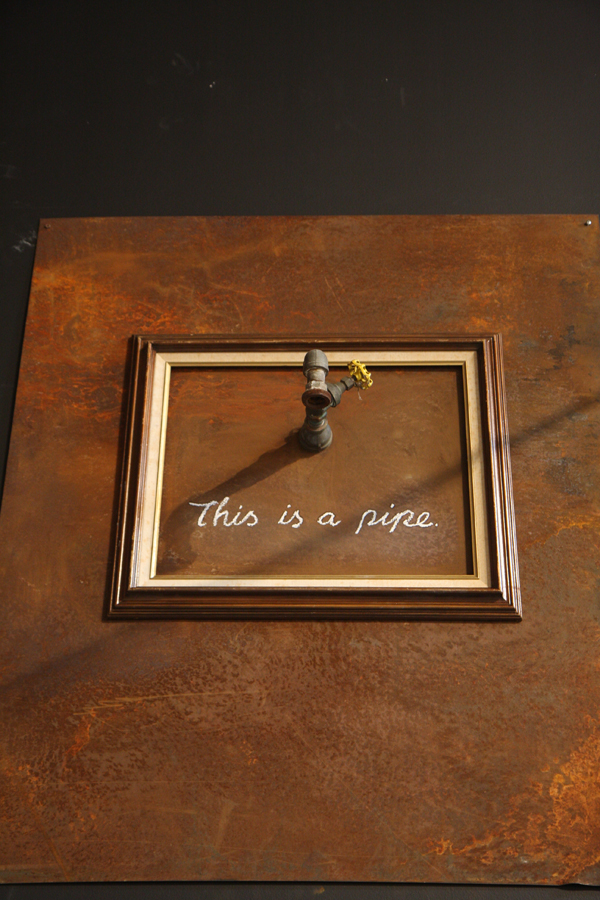
Banksy’s pipe, though simple in its conception and execution, demonstrates one of the artist’s best qualities – his ability to introduce shock, surprise, and humor into everyday life.
With this piece, the artist challenges the question of what deserves to be lauded as art, definitions of ownership, and what is or is not permitted, which is central to Banksy’s work. This has also contributed to Banksy’s international appeal as an artist, activist and rebel.
Explore nearby
LACMA, Los Angeles
 Chris Burden's Metropolis II0 km away
Chris Burden's Metropolis II0 km away Barbara Kruger wrapped entire busesInstallation ended (dismantled in 2012)0 km away
Barbara Kruger wrapped entire busesInstallation ended (dismantled in 2012)0 km away Herbert Bayer's Double Ascension10 km away
Herbert Bayer's Double Ascension10 km away Olafur Eliasson turned rivers greenInstallation ended (in 1999)11 km away
Olafur Eliasson turned rivers greenInstallation ended (in 1999)11 km away Susan Silton covered entire museum with tarpInstallation ended (dismantled in 2007)22 km away
Susan Silton covered entire museum with tarpInstallation ended (dismantled in 2007)22 km away
